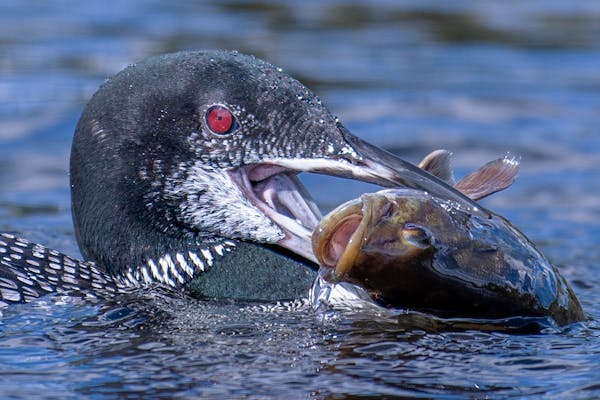As days grow shorter, with a nip in the air, as ice rims the lakes and frost settles into the ground, my eagerness for the queen of all seasons, winter, grows commensurately. What a delight, then, to discover a book that speaks to this anticipation. First published in Berlin, renowned for its bleak winters, "Winterlust," by German journalist Bernd Brunner, is a novel exploration of various components of winter.
What, he asks, makes winter Winter? Snow and ice, certainly for Minnesotans — but Rome and Paris endure winter without much of either. Short days and long, dark nights? That might be nearer the mark. Every country outside the tropics experiences winter, and every aspect of winter living — the wool, the flannel sheets, the candles, the boots — derives from that fundamental waning of the sun and the concomitant darkness of long, cold nights.
One of the charms of this book is that it was written in Europe. Brunner gives readers an insider's glimpse into winter in the Old World. Why are Scandinavian interiors painted in soft pastels, as in every Carl Larsson painting? This interior lightness makes the most of meager sunlight. The massive cast iron AGA stoves that make British kitchens cozy in the dark, damp winter? Imported from Sweden, a country that knows about dark and damp.
Winter, Brunner writes, claimed the imagination of Europe's artists. Pieter Bruegel the Elder, a Dutchman, was one of the first to paint a winter landscape in 1565, "The Hunters in the Snow." German poet Johann Wolfgang von Goethe hiked Switzerland's snowy Alps, and developed a passion for ice skating. France's Claude Monet was attracted to snow and how it affected light, which drew him to Norway. But Brunner gives short shrift to Canada's Group of Seven — a group of landscape painters — and mischaracterizes them, focusing on Lawren Harris' abstract landscapes, and ignoring Tom Thomson's glorious paintings of northern lights and A.Y. Jackson's scenes from Algonquin Park in winter.
What effect does winter have on city living? We Minnesotans can certainly inform Herr Brunner about snow emergencies, odd/even parking, and the perilous trek up Duluthian hills. Alas, Brunner totally overlooks us, writing instead of Reykjavik's geothermal heat that keeps the city's sidewalks and streets clear and Quebec City's ice slide, which the daring can navigate at 40 miles per hour. And what about St. Paul's legendary Winter Carnival? There's no mention of the ice palaces, the sculptures, the Vulcans. Minnesotans, I feel your indignation at this snub!
Is there ever too much snow? Most cross-country skiers would say no, although last winter, trail-groomers in Marquette, Mich., were grousing to us about having to attend to the trails 24/7, because it wouldn't stop snowing. Brunner ignores Michigan's Keweenaw Peninsula, and focuses instead on the west coast of Japan's main island, Honshu. It is a similar situation to the Keweenaw: winds, in this case Siberian, pick up moisture blowing across the Sea of Japan and dump snow when they reach land. The city of Niigata bills itself as a "winter sports paradise;" some areas of the west coast are designated "heavy snowfall zones" and receive governmental aid to deal with snow removal and other encumbrances caused by too much snow. In the winter of 2005-06, some Honshu communities recorded more than 9 feet of snow.
Brunner notes that the use of fossil fuels (coal and natural gas) and widespread availability of electricity profoundly altered the human relationship to cold and dark, making winter weather more comfortable. That relationship will change again, as climate change truly takes hold, and snowstorms become slush storms, the ski season shortens, and ice-fishing opportunities shrink. Still, winter will hardly be banished. Those of us who remember the polar vortex winter of 2013-14 know that winter might assume ferocious proportions should climate change slow the jet stream and weather patterns become "stuck" in winter mode.
"Winterlust" is briskly translated from the German by Mary Catherine Lawler, rendering it an easy read, if perhaps robbing the essays of some poetry. The book is illustrated with numerous pictures of various aspects of winter: a Canadian travel poster touting Alpine skiing; a German children's book depicting winter animals of Lapland; black-robed orthodox priests twirling in the snow; and an etching of a 19th-century Japanese man on snowshoes. The illustrations are delightful and help convey how the idea of winter fully engages the human imagination.
Here's to snow and ice, a sun low on the horizon and cold nights of candlelight. It's time to sharpen the skates and scrape the old wax off the skis.
Author Sue Leaf lives in Center City, Minn.
Five things to know about new Vikings QB J.J. McCarthy

